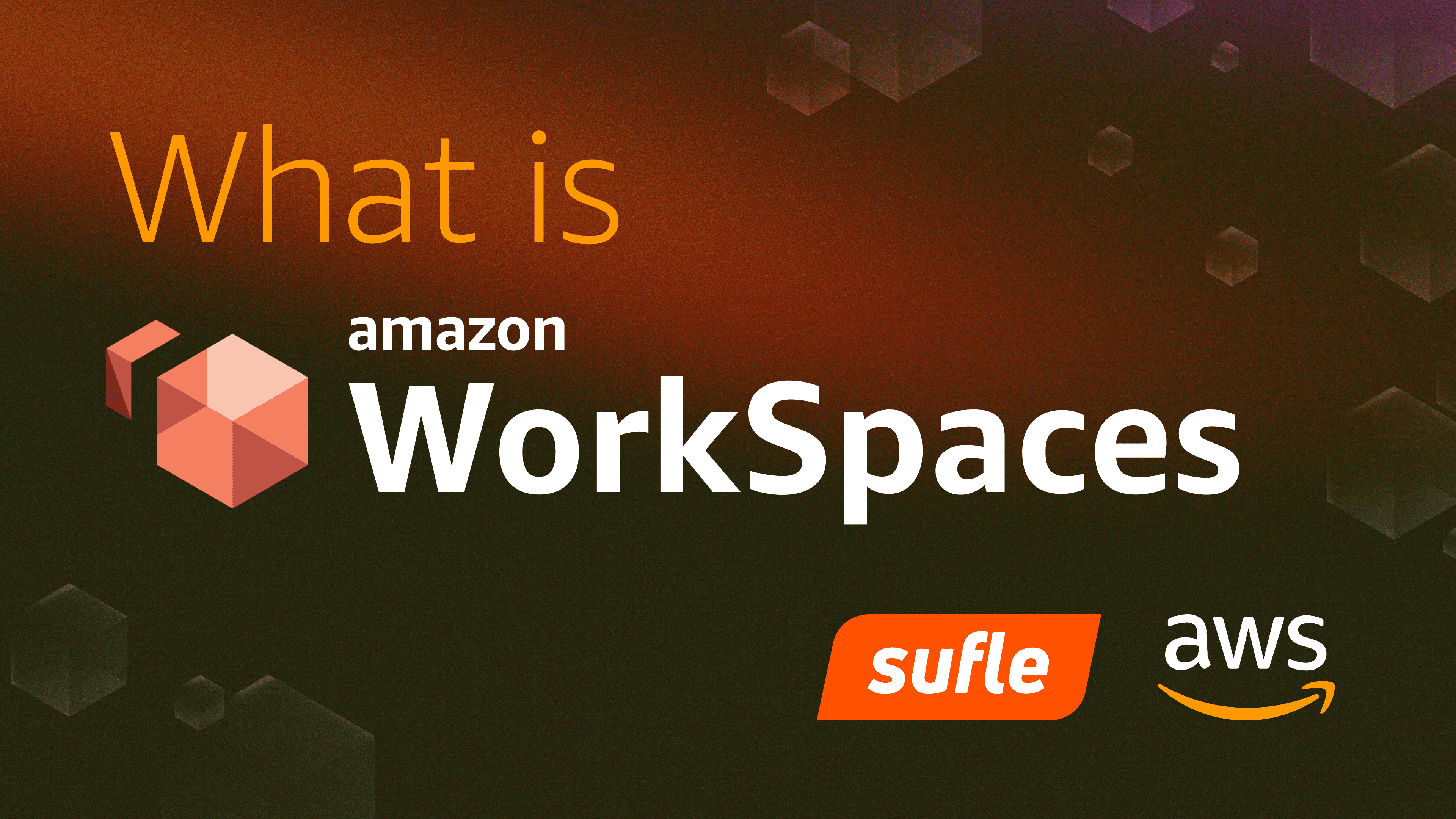Being well-architected helps you ensure you design an effective infrastructure, make better decisions and understand the impact of these decisions on your cloud architecture. The increased awareness around architectural decisions allow you to focus on the foundational requirements and align your architectural decisions accordingly to deliver greater business value.
AWS Well-Architected Framework can simply be defined as a set of strategies and best practices for designing and maintaining an effective cloud architecture. Werner Vogels introduced AWS Well-Architected Framework in his speech at AWS re:Invent 2015 as a framework that emerged from all the experience AWS solution architects have from their direct workings with thousands of customers so far. All these proven best practices that AWS has learnt, embraced and supported across years come together under the roof of this framework to guide businesses to implement and maintain effective, reliable, high-performing and secure infrastructure designs.
AWS Well-Architected Framework is a useful guidance when it comes to building effective architectures in the cloud, building cloud-native applications and using AWS Cloud Services. All the resources presented in the Well-Architected Framework helps businesses measure and compare their architectures against the recommended best practices, identify the shortcomings and increase their ability to address them successfully. It is designed as a consistent approach to evaluate and assess the infrastructures and improve them based on recommended best practices.
AWS Well-Architected Framework focuses on five pillars, complemented with questions and design principles for an effective architecture and strong foundation. These 6 pillars are namely Operational Excellence, Security, Reliability, Performance Efficiency, Cost Optimization and Sustainability. To better explain the importance of Well-Architected architectures, AWS likens the creation of a technology solution to the construction of a building. As it is doubtlessly important for constructions to rely on a strong foundation, cloud architecture also requires strong structure to be functional and reliable. These five pillars contribute to specific requirements within a business and help you to build your systems in line with your business requirements and goals.
Operational Excellence Pillar focuses on businesses’ ability to run and monitor their systems and continuously improve their business processes according to their business and customer needs.
Security Pillar focuses on protection of business information, systems, and processes through security assessments and risk mitigation strategies.
Reliability Pillar focuses on designing and implementing infrastructure and systems that can recover from failures and disruptions and are able to scale with demand.
Performance Efficiency Pillar focuses on efficient use of resources to meet system requirements and maintaining efficiency as the business needs evolve.
Cost Optimization Pillar focuses on eliminating unneeded resources and decreasing costs while maintaining performance.
Sustainability Pillar focuses on reducing associated energy usage with the higher server utilization, power and cooling efficiency, and custom data center design while keeping the maximum performance.
AWS Well-Architected Framework lists the general design principles for architectural designs in the cloud that were not easy to achieve due to constraints of traditional environments in the past. Besides the pillar specific design principles -that we will discuss in our next article- these general principles enable you to design a stable and efficient system for your workloads.
The advantages of cloud computing allow firms to improve and transform their operations and workloads, suggested by the General Design Principles within the Well-Architected Framework. These principles are applicable at any point in time where operating in the cloud.
No need to guess capacity requirements
On-demand resources in cloud systems allow organizations to avoid huge initial infrastructure investments. This helps them to scale their operations as they grow and evolve.
Testing the systems at the production level
esting at the production scale might mean almost 100% increase in the cost in the traditional environments. Lack of tests due to the expensiveness causes firms to face unexpected problems when they go into production.
Using automation to encourage experimentation
Architectural experiments become much easier with the help of automation. Compared to the costs associated with the needed additional resources (and probably huge investments) and effort to manually apply different experimentations in traditional environments, businesses can take the advantage of automation in the cloud.
Evolving architectures
Since testing in the traditional environment is both costly and risky due to the failure in the complete pipeline, changes and improvements become much harder for businesses to undertake. However, cloud enables businesses to evolve and improve their architecture as their business models and needs change over time.
Data-driven architectural decisions
Very similar to the initial capacity decisions and investments, traditional architectural design also limits businesses to respond to changes and optimize their architecture. Well-Architected General Design Principles encourages businesses to design and evolve their infrastructure based on their metrics, historical data and data-driven predictions rather than initial estimates.
Each of previously introduced 6 pillars are associated with a set of questions concerning the focus areas. These detailed questions help businesses to compare their architectural decisions with the AWS best practices, assess their current state and get guidance on how to improve them, while also understanding the trade-off between pillars. For example, a business might prefer to ensure maximized reliability, but this might mean increased costs, or vice versa. Businesses are expected to put emphasis on these recommendations and then follow them considering their unique business needs, rather than implementing them as a strict rule of thumb.
Having talked about the technical importance of mentioned pillars, Well-Architected Framework also empowers your business in many aspects. The business value of being Well-Architected is beyond only the technical performance, but also improved operations, teams and managerial decisions. Here are the key benefits of being Well-Architected for your business, although they are not limited with these for sure.
Strong foundations help you implement changes timely and effectively while ensuring continuous performance and business continuity.
As more and more businesses migrate to the cloud, their capabilities and business processes change drastically. Taking the full advantages of cloud and utilizing the cloud systems will help organizations gain agility, flexibility and competitive advantage. You can conduct Well-Architected Reviews at the beginning of an application project to build fully scalable and high-performing applications and improve them through their lifecycle.
AWS Well-Architected Reviews helps businesses to assess their current state, potential vulnerabilities and/or risky issues. You will be able to address these risks appearing in these reviews before they become an issue.
AWS Well-Architected Framework provides a holistic approach to assess the state of ongoing operations and systems, while highlighting the areas to be improved. The framework also helps you embrace a proven review structure to measure their success that can be shared around the organization. This helps both technical and management teams to better align their metrics for performance, business success and KPIs.
Last but not the least, Well-Architected also supports managerial decision making processes. As an organization-wide shared review structure, the framework enables businesses to optimize their workloads, make better informed decisions and understand the impact of each design decision and trade-off between different focus areas. This facilitates a continuous performance improvement and helps you plan for the future state in line with your organization’s strategic goals and business/technical requirements.
Sufle is an official AWS Well-Architected Program Partner and offers Well-Architected Assessment for its customers to ensure they follow the best practices, are fully informed about their current state and assess the recommended actions. We help you review your infrastructure with detailed questions and provide suggestions for areas of improvement in line with your business structure.
If you are interested in Well-Architected Assessment, we are happy to talk and discuss with you. Book a Well-Architected Review now!
A fresh new graduate and specializing in marketing, Deniz is excited to learn and share her knowledge on business technologies and technology culture. With her experience in technology companies during her school years, she is always excited to learn more about how technology transforms businesses.
We use cookies to offer you a better experience.
We use cookies to offer you a better experience with personalized content.
Cookies are small files that are sent to and stored in your computer by the websites you visit. Next time you visit the site, your browser will read the cookie and relay the information back to the website or element that originally set the cookie.
Cookies allow us to recognize you automatically whenever you visit our site so that we can personalize your experience and provide you with better service.


